Intercape runs a couple of luxury buses from Windhoek to South Africa. The 21 hour journey from Windhoek to Cape Town does not tax the traveler too much given the comfortable recliner configuration. The crew are quite strict about not letting passengers use pickup stops for extended breaks. One is well advised to stock up with food for the journey before boarding. We were lax in doing this before realizing our predicament. Nothing that a brisk run to the local supermarket could not fix, despite the anxiety around the impending departure.
Pulling into Cape Town the next afternoon, the tape rolled back two decades for both of us as we tried to recollect our respective memories from our separate visits all those years ago. Of course, Table Mountain and Signal Hill remained the same, but the pulse of the city has definitely changed. The central district looks a lot busier with a lot more people walking about. It was an easy walk from the bus terminal to Long Street where all the backpacker lodgings are and we settled down for a good stint.
A walking tour through the City Bowl and the Bo-Kaap district gave us some refreshers on what used to be and what is. The Castle of Good Hope, the oldest European fortification in South Africa was a good place to start. Adjacent to it is the Grand Parade, the former military parade and public execution ground which is currently occupied by a flea market. Next to it is the Old Town Hall which is where Nelson Mandela gave his first speech after his release from prison in February 1990.
A short walk from there is the District Six museum which provides the visitor an insight into the apartheid practice of re-zoning inner city districts along racial lines. Much of the museum was cryptic owing to lack of adequate captions but one left with an understanding of how life was during the apartheid era in the colored areas.
On the traffic island beside Church square is the old slave tree where slaves were sold till emancipation in 1834. The nearby Groote Kerk (mother church of the Dutch Reformed Church) has an understated external appearance (especially considering the grand and bizarre examples we had seen in Spain earlier in this trip). The interior was also sparsely appointed but we were quite surprised to see the pews had been organized into cubicles which belonged to individual families whose names were inscribed outside. The old Slave Lodge and the interesting relief of a lion and unicorn can be seen nearby. The pleasantly shaded Company Gardens invites a brief visit. The parliament buildings serve as the legislative arm of South Africa, making Cape Town one of the three capitals of the country (Pretoria serving the administrative arm and Bloemfontein, the judicial).
A 10 minute walk towards Signal Hill will bring one to the strikingly different Bo-Kaap district which is a Muslim area. The houses are painted in bright colors and the steep cobbled streets seem to belong elsewhere.
The Victoria and Alfred waterfront is a long walk from the city centre and filled with people having a good time. This is the point of departure for the Robben Island ferry. We opted out of the trip but spent some time at the displays in the ticket office. We let ourselves be talked into a half hour sunset cruise of the harbor which offers splendid views of Table Mountain and the city from the boat.
The beautiful Kirstenbosch Botanical Garden is quite far from the city centre and we even managed to use the city's meager bus services to get to it on a beautiful sunny afternoon. Located beneath the far side of Table Mountain (close to where the Newlands Cricket Ground is) it contains several sections devoted to indigenous plants. It is a pleasure to explore the various sections - a fragrance garden where the visitor is invited to smell the oils from the plants, a section for plants used by traditional healers, as well as sections for proteas, the national flower of South Africa. The fynbos (fine bush) that is unique to the Cape Peninsula can be seen in its natural abundance on the slopes of Table Mountain overlooking the gardens.
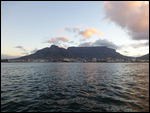
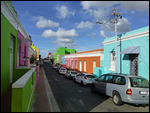
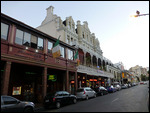
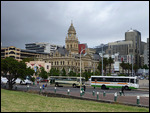
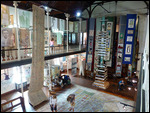
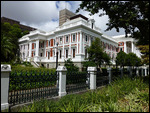
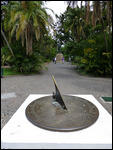


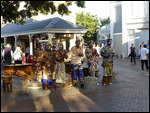
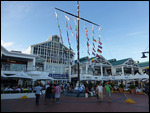
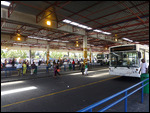

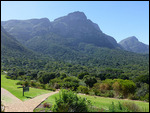


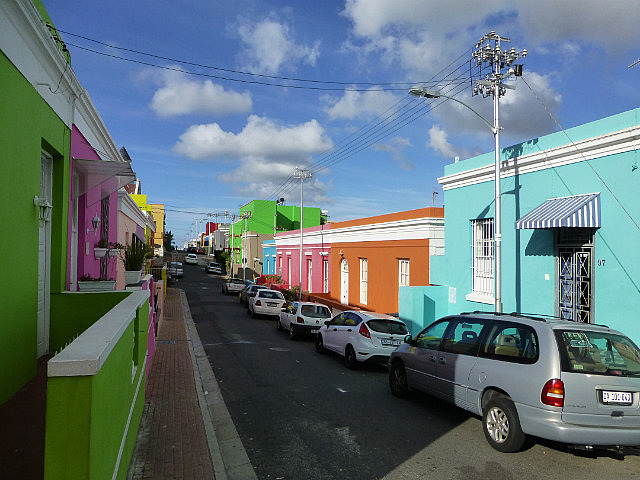
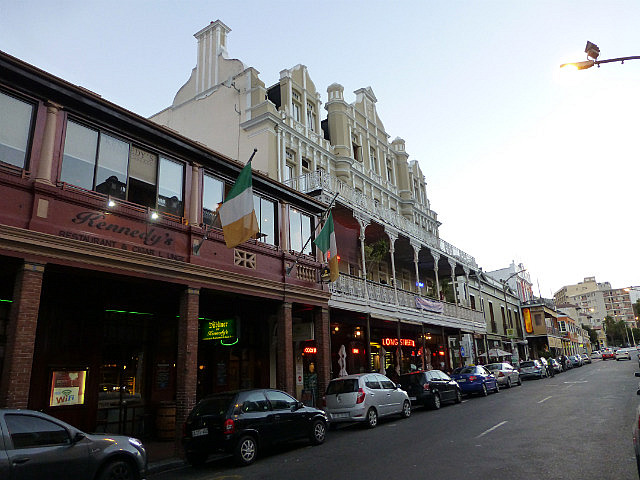

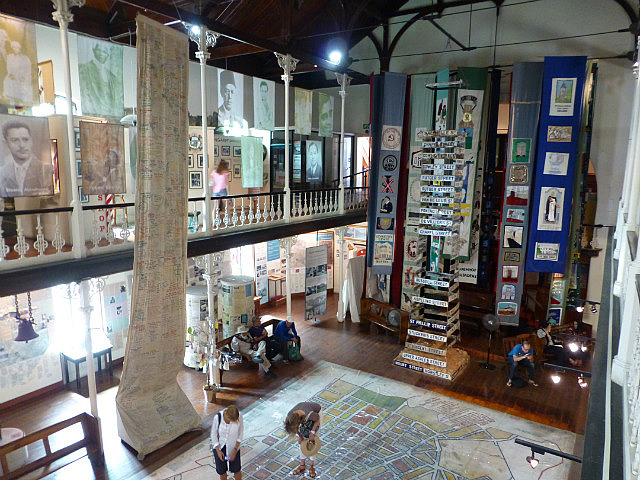
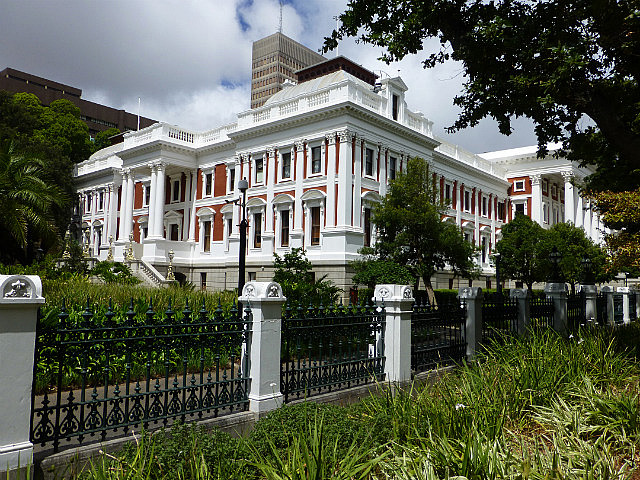


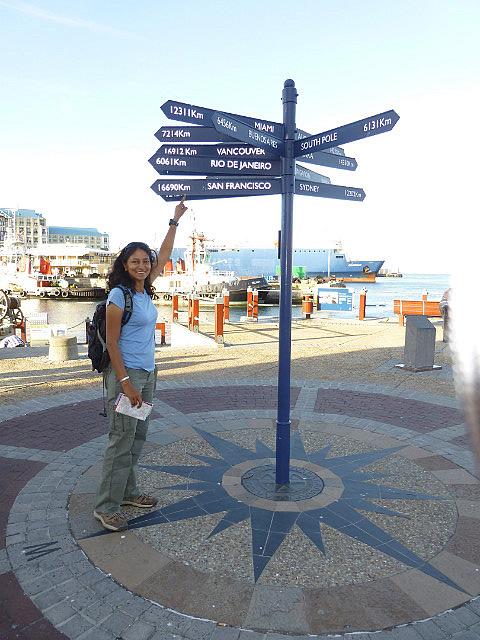
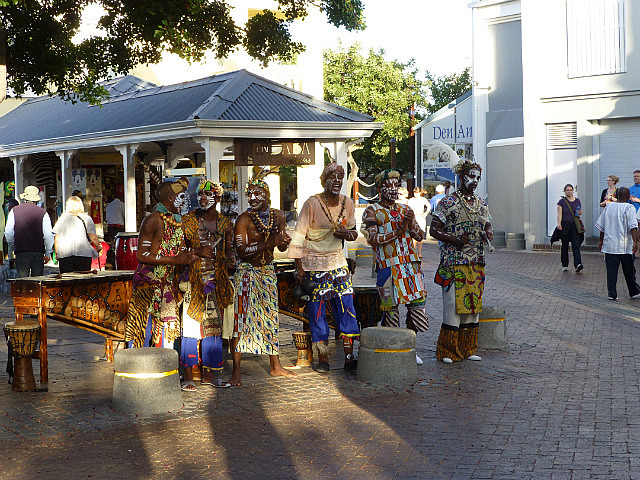
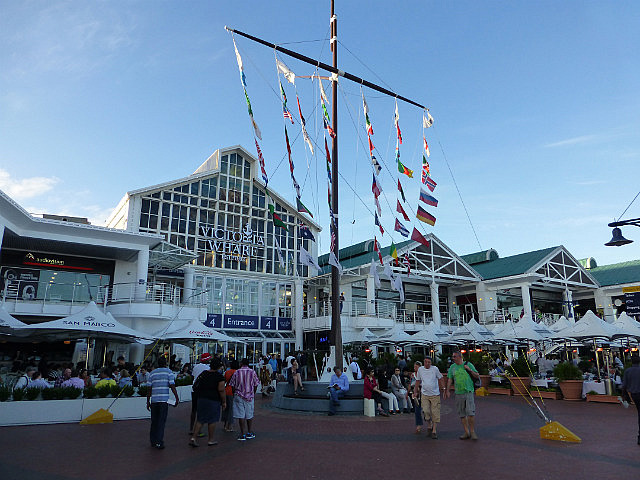
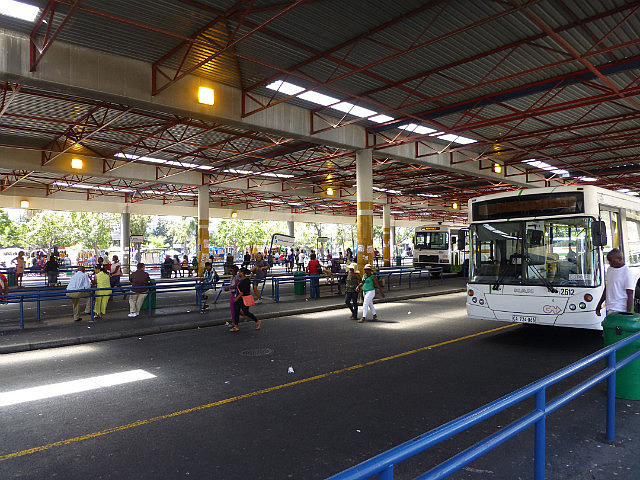
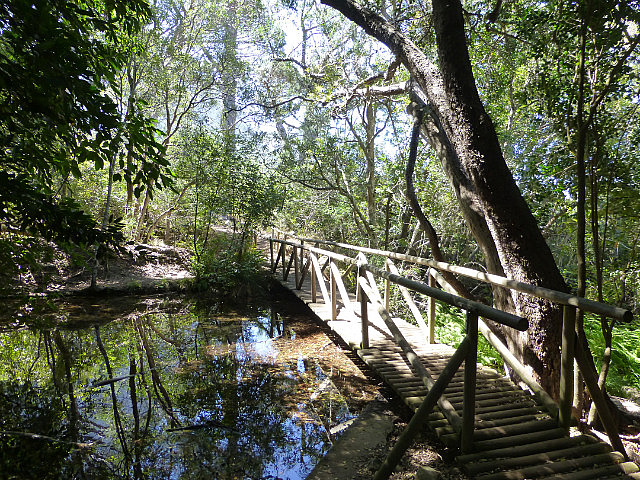
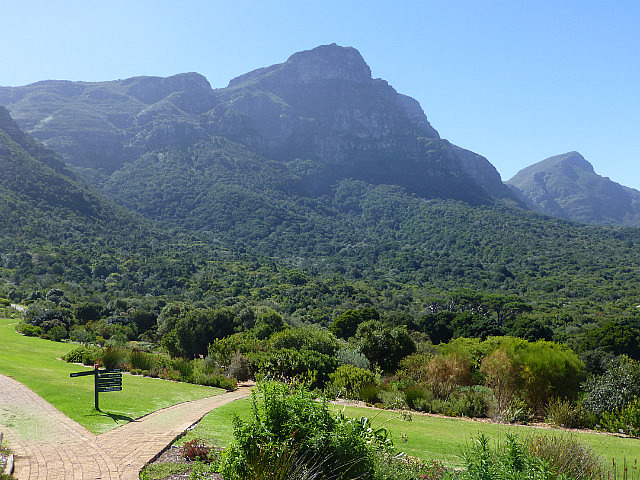
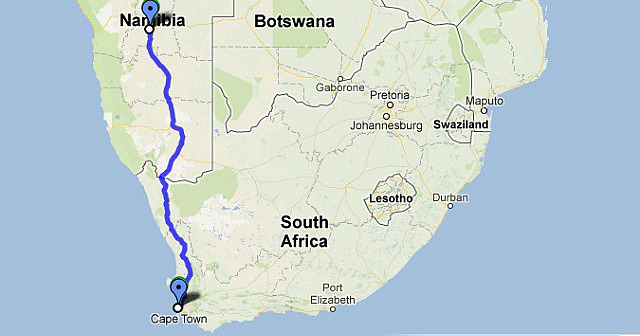
Comments